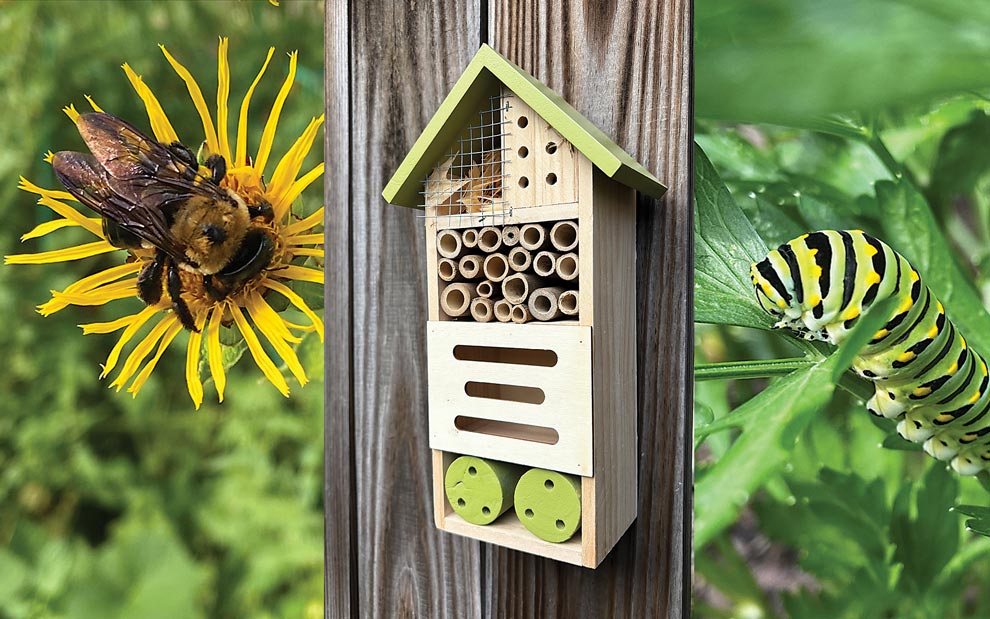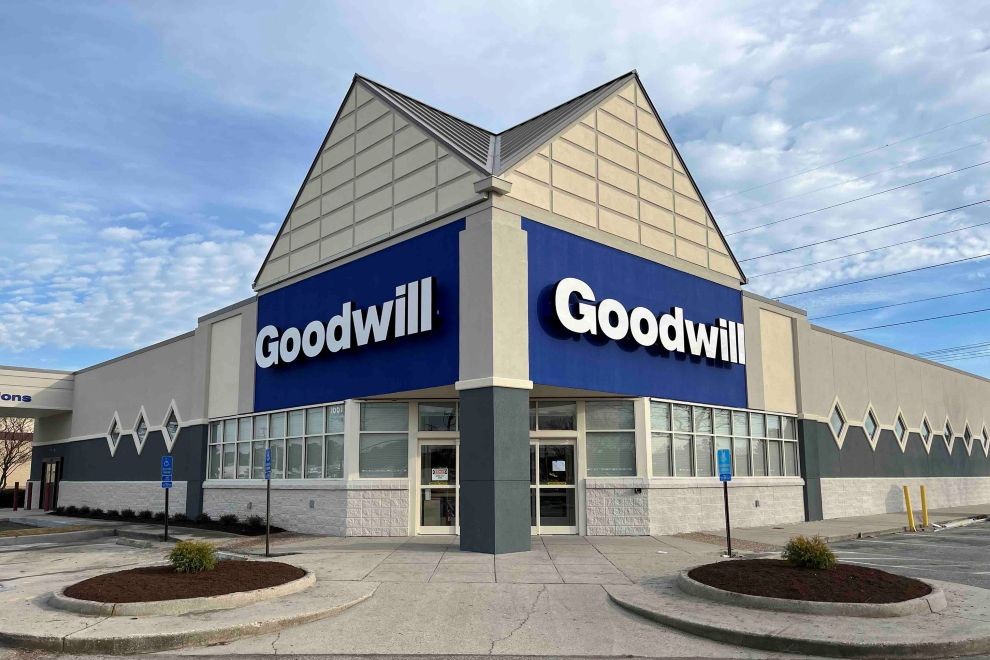No matter your set-up at home – whether you have a big backyard or a balcony – you have an opportunity to help the environment by planting to attract pollinators. Beetles, bees, butterflies, moths, flies, hummingbirds, bats, and other pollinators are responsible for two-thirds of the food crops we eat. In short, we really need these little guys! Pollinators are a key part of our ecosystem, and they contribute to the success of most flowering plants.
Increased pesticide use and lack of habitat threaten these essential creatures, so it is vital that home gardeners do whatever we can to support them. As an added benefit, when you’re a good neighbor to these busy creatures, your outdoor space will be colorful and active all season long.
Here are eight simple steps you can take to create an oasis for our pollinator friends:
1. Invite insects into your veggie garden.
Tuck flowers like zinnias, marigolds, and nasturtium into your vegetable patch. Not only will they attract pollinators, but they’ll add color and lure other beneficial insects (i.e., the ones that keep the pests away) into your garden space.
2. Work with nature.
Skip the pesticides and keep your plants and lawn healthy by focusing on soil health and diversity in your plantings. Synthetic pesticides harm pollinator populations and often do not adequately address your pest problem. When your outdoor space is a pesticide-free zone, more beneficial insects will thrive, pollinating your plants and protecting them from pests.
3. Let it grow.
Herbs like mint, sage, and oregano provide pollen when they are allowed to go to flower. Let some of your herbs remain untrimmed so they can flower and feed the bees.
4. Plant for pollinators.
I always encourage families to plant a little extra for the critters to enjoy. If you have the space, plant extra parsley for swallowtail caterpillars to munch on in late summer. Kids will be thrilled to see real-life very hungry caterpillars munch through bright green leaves before they find a safe place to prepare for their transformation. A few weeks later when a swallowtail floats past you in the garden, you can feel good about sharing some of your outdoor bounty.
5. Create a bug bungalow.
Bug houses are widely available at nurseries and provide a cozy home for beetles, bees, and some butterflies. Houses can be added to a fence line to create a pollinator refuge. Creating a DIY bug house is a great activity for kids. Arrange a small tepee of sticks and layer it full of pinecones, twigs, and bits of wood. Providing a habitat will keep the good guys in your garden all summer.
6. Keep it local.
Plants native to your region will best support native pollinators and typically require less water and care. Plant a variety of Richmond-friendly flowers and herbs to give pollinators blooms all season long. Keep your dollars in the community by supporting local nurseries, and ask for advice on what would work best for your space.
7. Provide clean water
Create a water pit stop for busy flyers to take a break using a shallow bowl or bird bath. Just add a stick so insects can safely drink and exit, and try to keep the water reasonably fresh.
8. Leave something for the bees.
At the end of the growing season, leave stalky, woody plants for pollinators to overwinter inside. Wait to clear twigs, stems, and stumps until after pollinators have emerged in the spring. Once they emerge, pollinators need support while they wait for their main food supplies to start blooming. Dandelions are an early food source for many pollinators, so please leave them on the edge of your flower beds for a bit until the other flowers start to open.
These simple steps will not only attract and support pollinators, they’ll keep your yard looking un-bee-lievable all season long!





